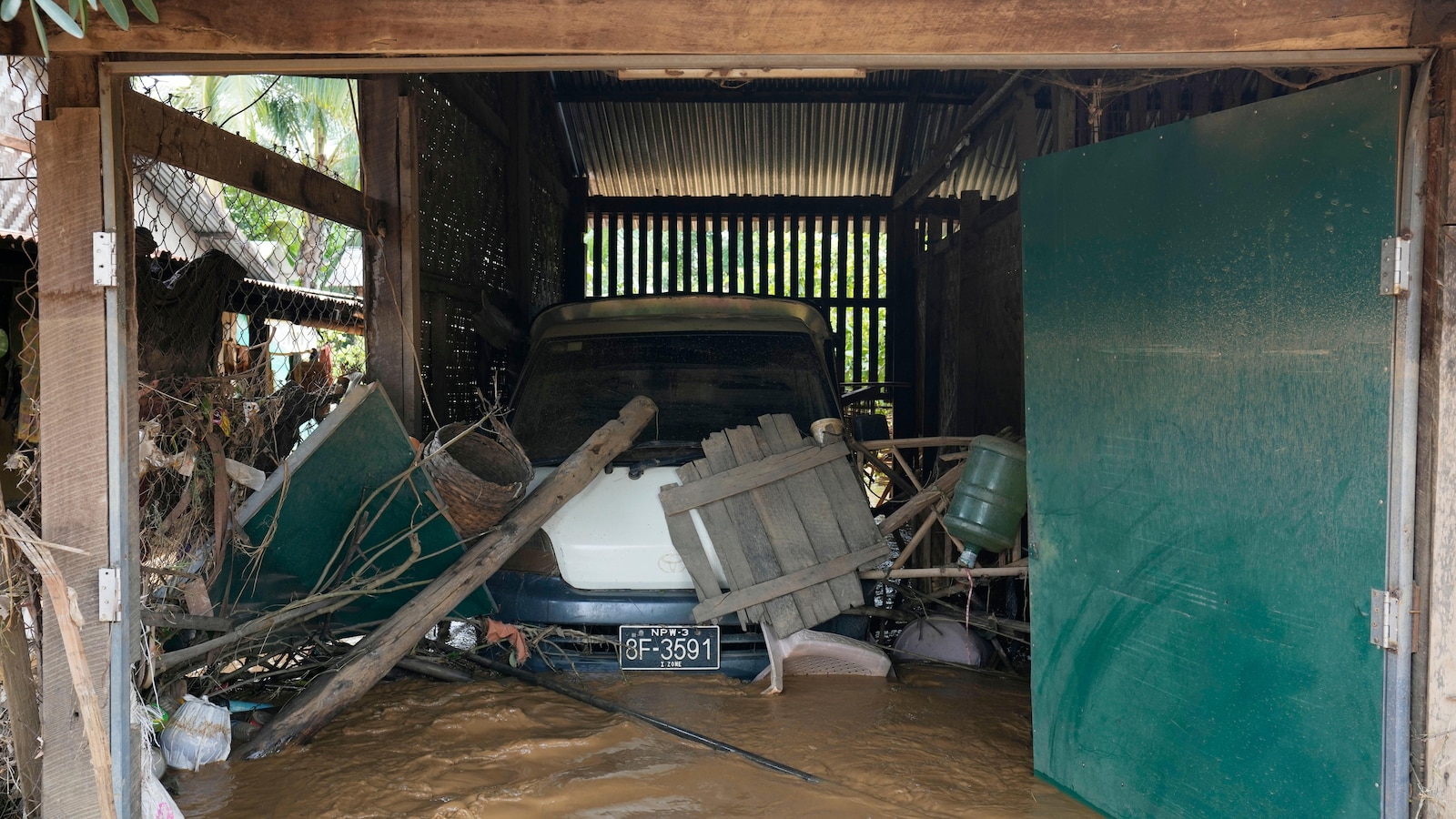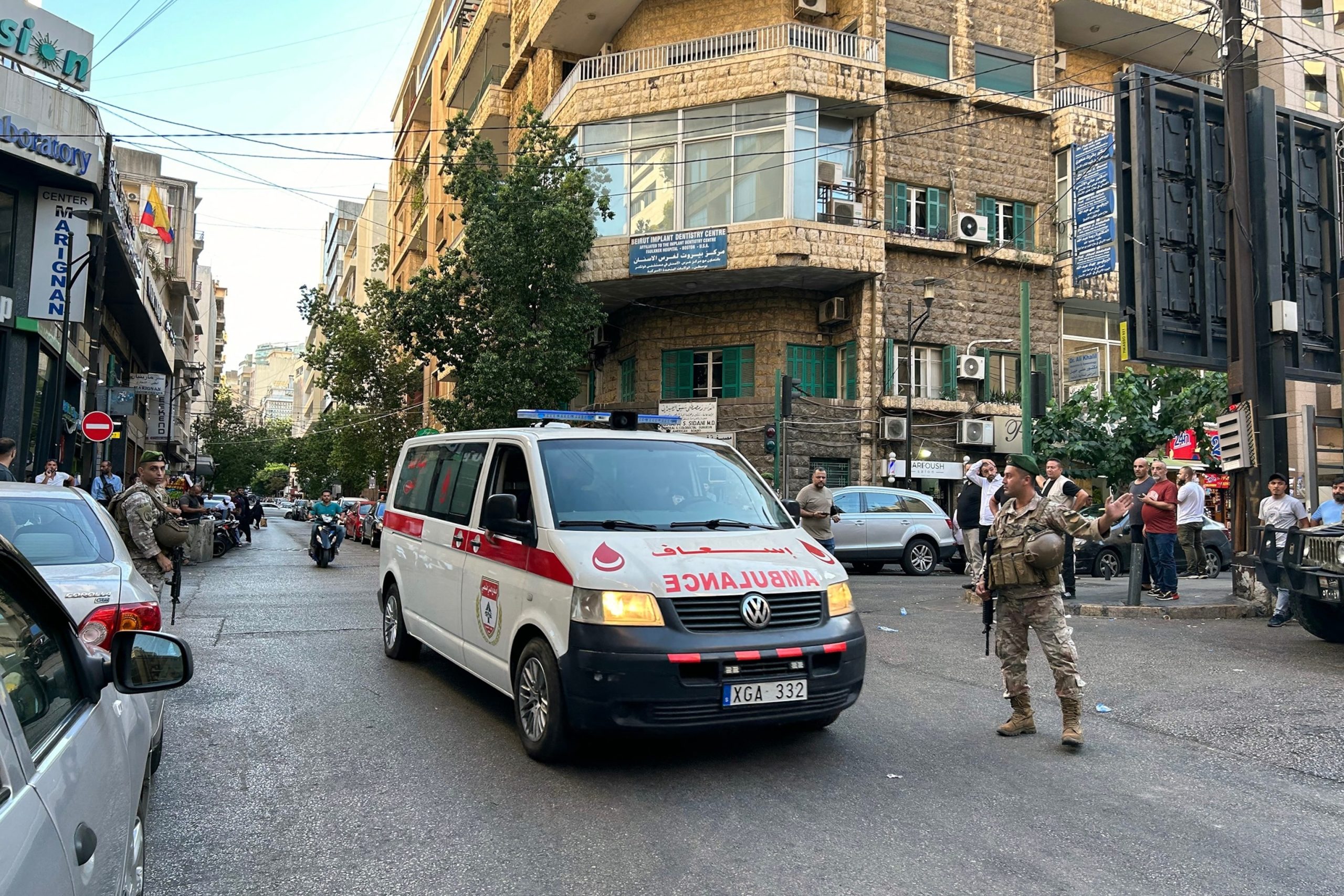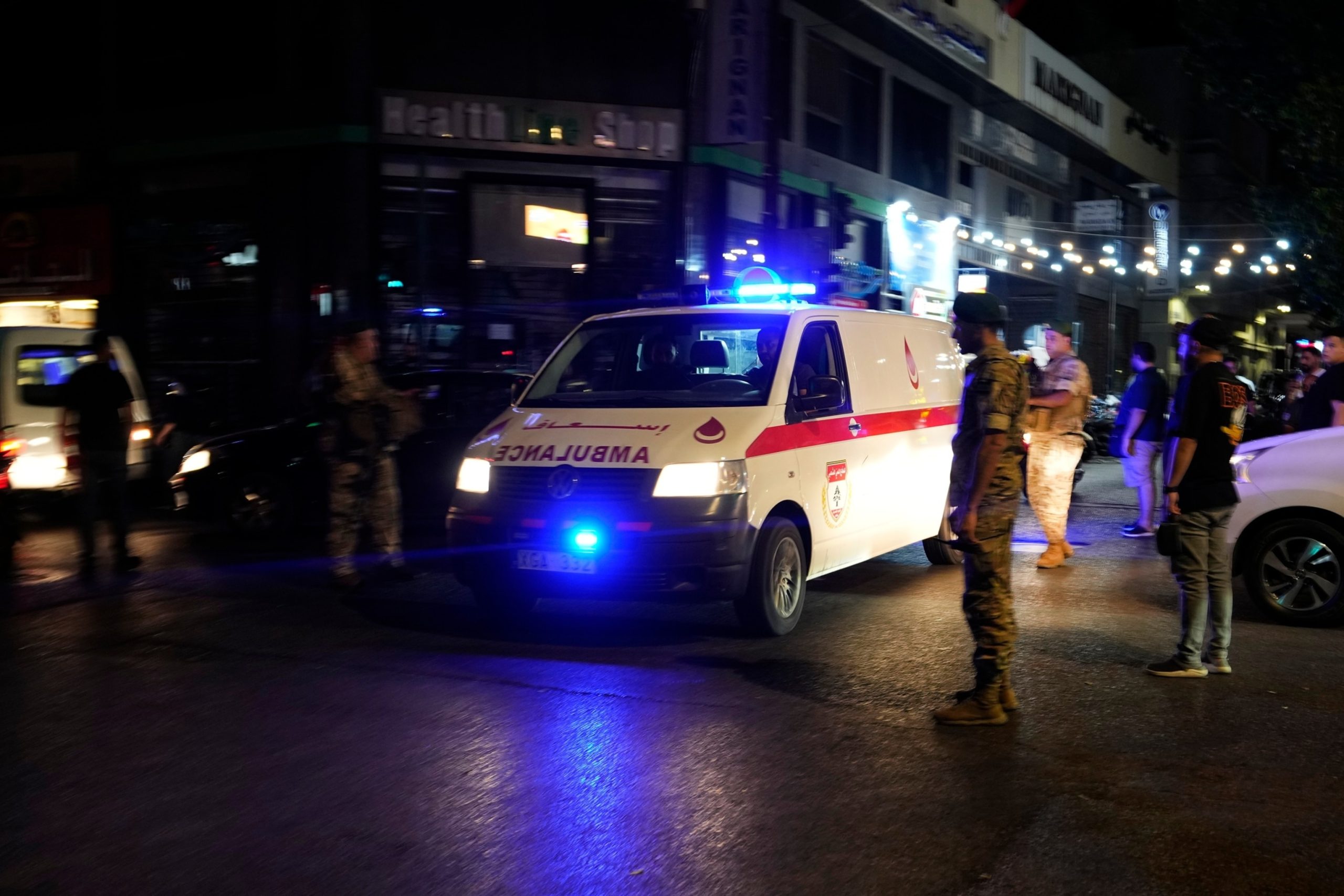
BANGKOK — The death toll in Myanmar from flooding and landslides caused by Typhoon Yagi has reached at least 74, with 89 people missing, Myanmar’s state television said Saturday.
Difficulties in compiling information have raised fears that the number of casualties may be higher.
The new official death toll announced by the country’s military government was more than double the 33 reported on Friday. Typhoon Yagi earlier hit Vietnam, northern Thailand and Laos, killing more than 260 people and causing major damage.
The new totals were announced after state media reported that Senior Gen. Min Aung Hlaing, the head of the ruling military council, said that Myanmar was requesting relief aid from foreign countries.
Nearly 240,000 people have been displaced, according to the reports. There were already 3.4 million displaced people in Myanmar at the beginning of September, according to the U.N. refugee agency, mostly because of war and unrest in recent years.
In Myanmar, low-lying areas in the central regions of Mandalay and Bago, as well as eastern Shan state and the country’s capital, Naypyitaw, have been inundated by water since Wednesday.
Min Aung Hlaing and other military officials inspected flooded areas and reviewed rescue, relief and rehabilitation efforts in Naypyitaw on Friday, the state-run Myanma Alinn newspaper reported. Its report said that he instructed officials to contact foreign countries, as other countries affected by the storm did, to receive rescue and relief aid for the victims.
“It is necessary to manage rescue, relief and rehabilitation measures as quickly as possible,” he was quoted as saying.
The exact extent of the damage still wasn’t clear, but there were fears that the death toll may rise sharply. Local news outlets reported more than 100 people missing.
Efforts to tally casualties and damage and provide relief are complicated. Myanmar is in a state of civil war that began in 2021, after the army seized power from the elected government of Aung San Suu Kyi. Independent analysts believe the military controls much less than half of the country’s territory.
Myanmar experiences extreme weather virtually every year during the monsoon season. In 2008, Cyclone Nargis killed more than 138,000 people. In that case, the military government then in power delayed accepting international assistance, and when it finally relented, tightly controlled its distribution, with little or no oversight by aid donors.
Saturday evening’s state television news said that 24 bridges, 375 school buildings, one Buddhist monastery, five dams, four pagodas, 14 electrical transformers, 456 lampposts and more than 65,000 houses were damaged by floods in central and eastern parts of the country.
Naypyitaw is one of the areas that was hit hardest by the floods. Myanmar’s Eleven Media group reported on Friday that record rainfall had damaged several pagodas in Bagan, the country’s ancient capital that is a UNESCO World Heritage site. The rain, said to be the heaviest in 60 years, collapsed walls at several centuries-old old temples, it said.
Typhoon Yagi wreaked havoc in Myanmar, leaving a trail of destruction in its wake. The powerful storm, which made landfall in the country last week, has claimed the lives of 74 people so far, with several others still missing.
The death toll continues to rise as search and rescue teams work tirelessly to locate those who are unaccounted for. The devastation caused by Typhoon Yagi has been immense, with homes destroyed, roads washed away, and crops ruined. The storm has also caused widespread flooding, making it difficult for rescue teams to reach some of the hardest-hit areas.
Myanmar’s government has declared a state of emergency in the affected regions and has mobilized resources to provide relief to those affected by the disaster. Emergency shelters have been set up to provide temporary housing for those who have lost their homes, and food and medical supplies are being distributed to those in need.
The international community has also stepped in to offer assistance, with countries such as Japan, China, and the United States sending aid to help with the relief efforts. The United Nations has pledged to support Myanmar in its recovery efforts and has called for urgent action to address the humanitarian crisis caused by the typhoon.
As the search for missing persons continues and the cleanup and rebuilding efforts get underway, it is clear that the impact of Typhoon Yagi will be felt for months, if not years, to come. The people of Myanmar will need all the help they can get to recover from this devastating natural disaster and rebuild their lives.


